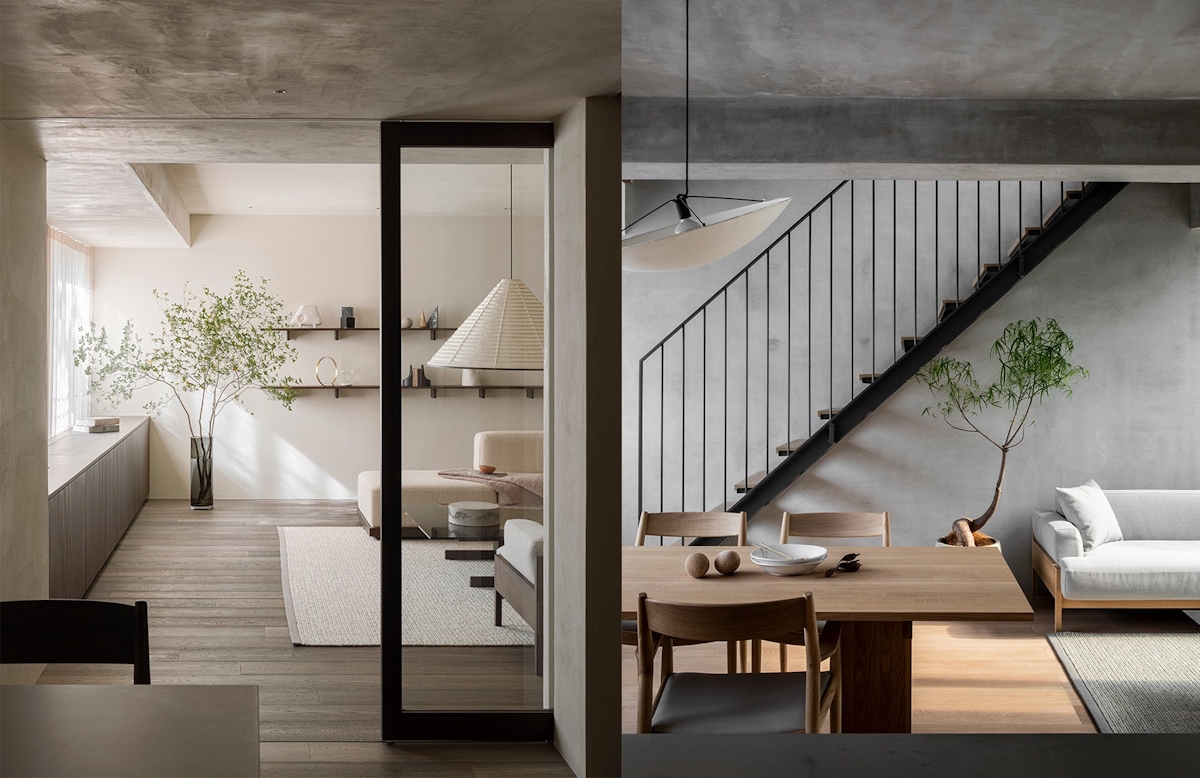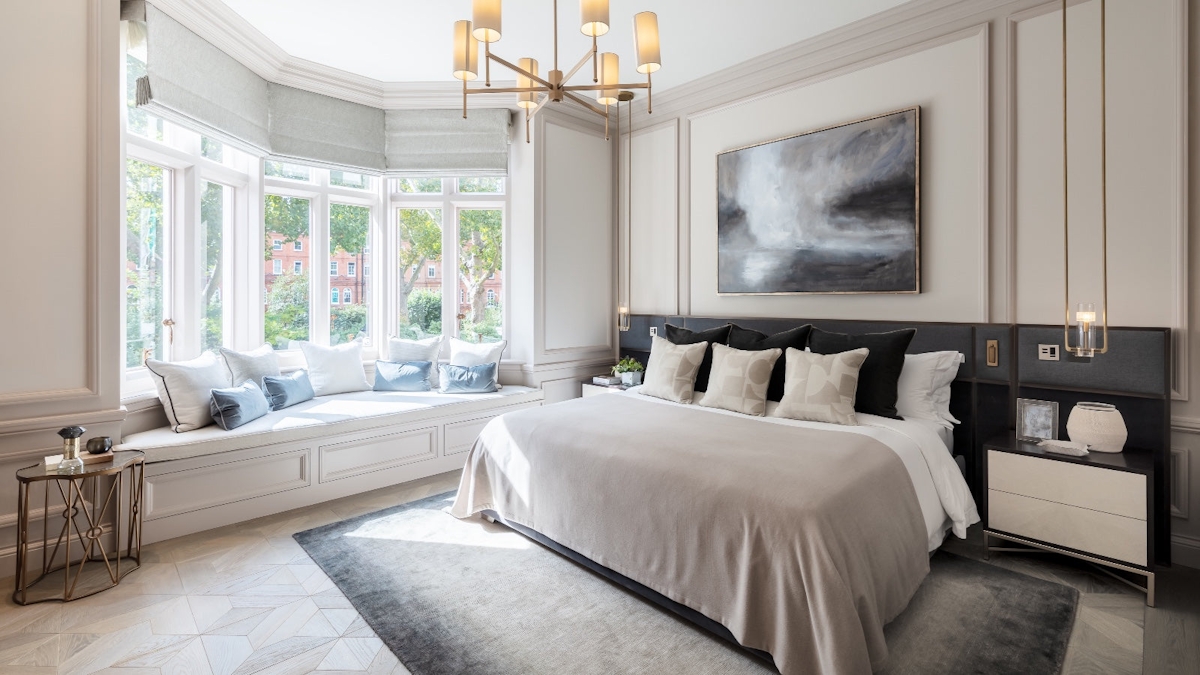The antithesis of a cultural clash, an unexpected meeting between Japanese and Scandinavian interior design has materialised as a surprisingly perfect pairing. Quickly becoming known as Japandi style, the trend is silently sweeping the interiors world with its peaceful hues and calming textures.
For more inspiration
What is Minimalist Interior Design?
Shop Minimalist Furniture & Decor
Both devoid of fuss or extravagance, and both self assured in their minimalism, the duo reflect a feeling of serenity and effortless style. Having mastered the pared back look individually, the combination does nothing but inspire a space of tranquillity, and, well, not too much else.



